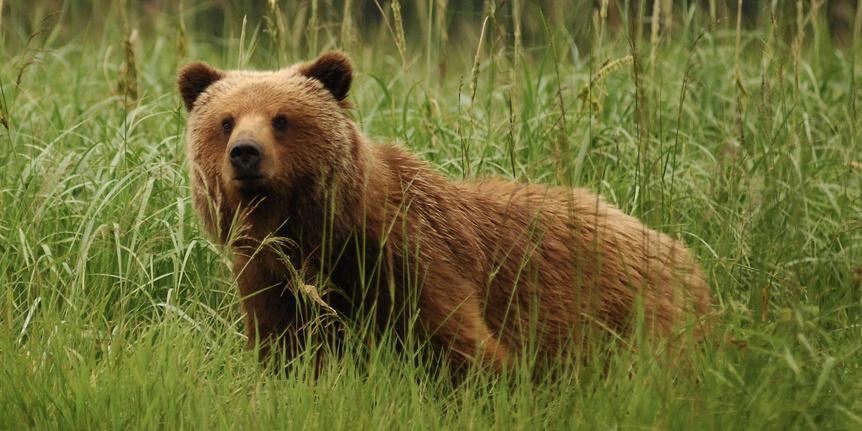The Indian Himalayas, 4000 meters above sea level.
Here winds carry more than smoke and dust.
Mantras of compassion and goodwill are blown across these mountains.
People have managed to eke out a living in this stone wilderness with what little the land provides.
For the village of Gya, livestock is precious providing many of the basic necessities they need to survive.
The hardship of life in these mountains is etched across Tashi's face.
Like so many in his village, Tashi has been herding goats all of his life, surviving on less than $2 a day.
And these goats are his lifeline.
Their wool his sole source of income.
Every evening the goats are secured in a pen.
Tashi's small shelter within earshot of his precious animals.
And for good reason.
They share this unforgiving landscape with a stealthy hunter.
Well camouflaged and highly elusive, snow leopards are seldom seen.
Researchers can't say how many snow leopards remain in the wild.
Many believe there are as few as 4,000 animals scattered across the mountains of 12 countries.
The very real possibility of snow leopard extinction looms.
Loss of habitat from mining has placed increased pressure on the cat and disturbed a delicate balance.
For generations, snow leopards and people have shared these rugged mountains but over the last few decades this fragile relationship has been put to the test.
A growing population of domestic animals combined with a warming climate has scarred this landscape, turning fragile grassland into dust.
In the little grazing land that remains, domestic herds are squeezing out wild sheep and goats.
With the snow leopard's prey in decline, the cat turns its sights to easier game - like Tashi's prized goats.
When domestic animals are killed by a cat it's a serious financial setback for the entire community and the response is swift.
[gunshot] Experts estimate that up to one snow leopard is killed every day and nearly half of these deaths are a result of retaliatory killing.
It is a single greatest threat facing the snow leopard.
There was a time when Tashi would have hunted down and killed any cat that threatened his livestock, but not anymore.
Today he has the support of the entire community.
It took many discussions and sharing of ideas before Tashi's village, the Snow Leopard Trust, and the Nature Conservation Foundation arrived at a solution.
In 2013 the community and the Snow Leopard Trust established a livestock insurance program managed by the village.
Both the Snow Leopard Trust and villagers like Tashi pay into a fund that gives herders compensation if they lose an animal to a snow leopard attack.
Now the community has some security against financial loss and in return they've agreed not to retaliate against the cats.
For herders like Tashi, it has transformed their attitude toward snow leopards and the fragile wilderness that surrounds them.
Recognizing the decline in prey, the villagers also set aside a plot of land exclusively for wild sheep and goats.
Over the past five years the land has made a remarkable recovery.
The number of blue sheep are on the rise.
This reserve has already increased the biodiversity of key mountain species.
The Snow Leopard Trust works in partnership with communities across the snow leopards range including China, Mongolia, Kurkistan, India, and Pakistan.
These programs, forged by community members, aim to create sustainable conservation projects that will ensure the snow leopard, its prey, and the communities who share their home continue to thrive.













